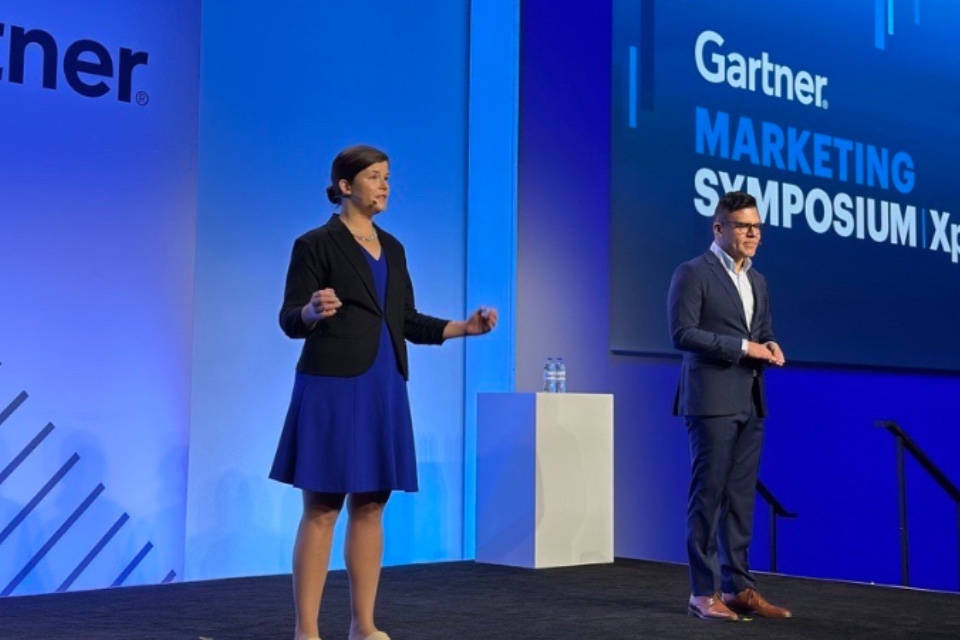Business leaders and staff agree company brand identity linked to success
The Gartner Marketing and Narrative Impact Survey of 1,154 business leaders and employees across North America and the United Kingdom in November and December 2023 found that 75% of respondents agree their organization must do a better job aligning external audiences’ views with company identity and direction.
Despite marketing’s accountability for brand, 72% of leaders report their marketing function is not instrumental to their company’s business evolution.
“Nearly all companies are evolving in some way to set themselves up for future success, whether by shifting capabilities or offerings, catching up to market expectations, or reaching new target audiences,” said Dorian Cundick, VP, Advisory in the Gartner Marketing Practice. “This presents a huge opportunity for marketers to bring audiences along to support this journey—fueling revenue growth and helping increase perceptions of marketing as a critical partner in business evolution.”
Gartner research shows that when audiences understand a company’s business evolution, they’re more likely to buy from, work for, or otherwise support that company. In fact, business leaders who report strong audience understanding of their business evolution are 1.4x more likely to surpass revenue objectives.
“Marketing leaders must invest in a corporate narrative to create a bridge between brand and strategy,” Cundick said. “While the story of who an organization is and where it’s going is a powerful tool to support business evolution, it isn’t as effective as it could be – the average employee uses them only about a third of the time. Infrequent use of narrative material is associated with a lower likelihood of exceeding performance goals.”
In order for corporate narratives to achieve their full effect and generate value, CMOs must take a different approach to engaging in narrative efforts
A Gartner survey in November and December 2023 of 180 business leaders involved in moving forward their company’s business evolution found that skewing leadership efforts towards activation relative to development lifts business performance by 23%. When leaders focus disproportionately on activation, they also rate marketing as more instrumental to their company’s business evolution.
“Marketing is most likely to be seen as a strategic partner in business evolution when leaders play a significant role in narrative activation efforts like mobilizing the narrative externally through campaigns, as opposed to development activities like finalizing the narrative framework, or testing it with key stakeholders,” said Cundick. “Leadership involvement in activation helps ensure that narrative materials have ‘fit’ – meaning they’re contextualized for employees’ needs and are more likely to connect key audiences to the narrative.”
The Gartner Marketing and Narrative Impact Survey found most employees are trying to accomplish at least one of three things when they communicate about company identity and direction:
- 79% of employees want to align, creating line of sight between individuals and organizational identity.
- 64% want to persuade, influencing others in support of organizational identity and direction.
- 80% want to connect, building a sense of personal and shared connection to the organizational identity and direction.
Marketing teams should create resources like guidelines, proof points, tools and templates to help employees align and persuade others. For the connect use case, draft messaging and experiences that help employees see themselves in the narrative. Many of these materials can be developed at the same time as the narrative itself is being finalized, as long as different teams coordinate their efforts.
“When CMOs play a more strategic and visible role in business evolution, business performance improves, and marketing’s value becomes more clear,” Cundick said.













